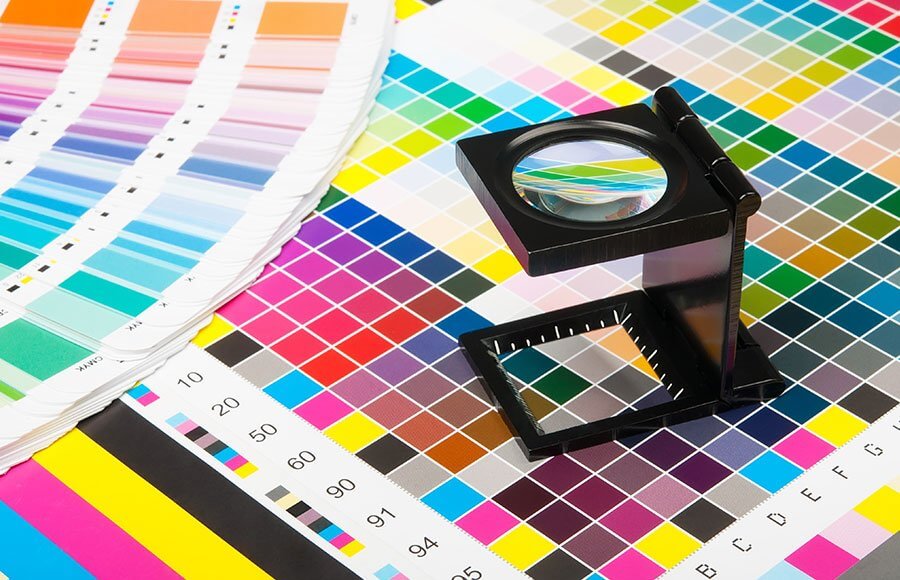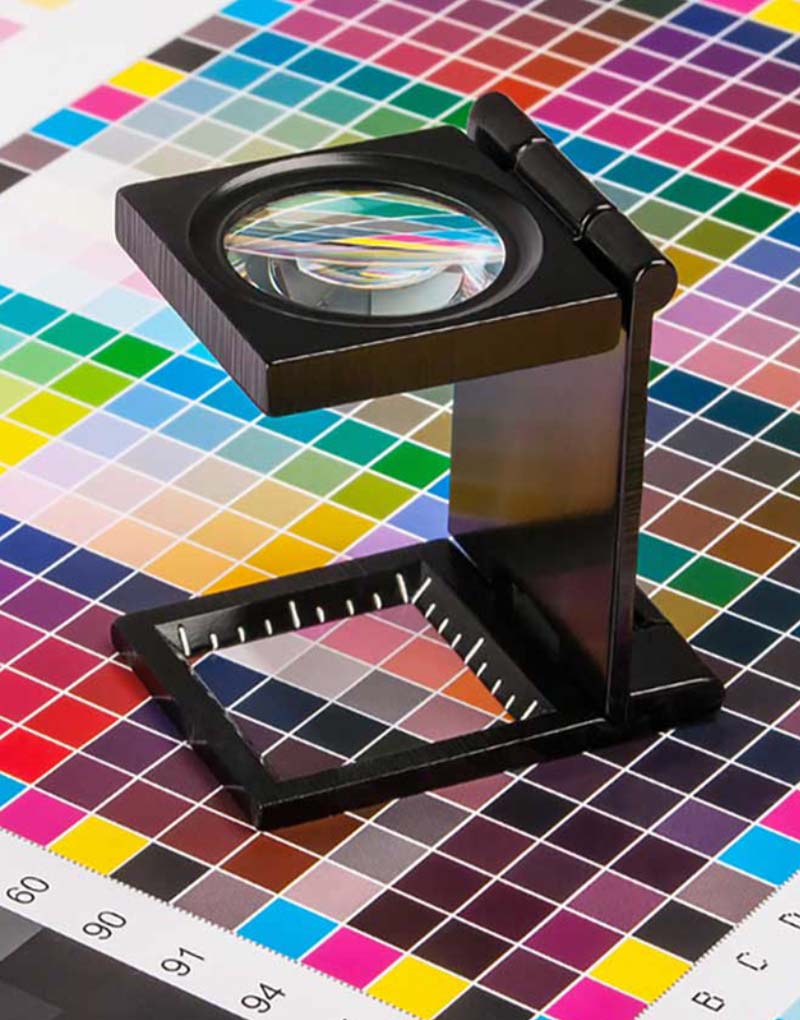litho printing Explained: A Primer for Starters
litho printing Explained: A Primer for Starters
Blog Article
A Comprehensive Overview to Recognizing Litho Printing Methods
The world of litho printing, a technique stemming from the late 18th century, is a remarkable mix of history, advancement, scientific research and art. This thorough overview will untangle the intricacies of this printing approach, from the composition of litho inks to the difficulties encountered in modern applications. As we venture right into the intricacies of lithography, the significance of automation and sustainability in ensuring its future importance comes to be significantly clear. Stick with us as we trip right into the exciting world of litho printing.
The Historical Evolution of Litho Printing
The historical trajectory of litho printing, a critical advancement in the world of communication, is a captivating tale of human resourcefulness. Birthed in the late 18th century by Alois Senefelder, this method was at first an economical technique of publishing theatrical jobs. Lithography, obtained from the Greek words for 'stone' and 'to write', utilized a smooth stone surface to move images onto paper. The process developed with the development of the rotary press, which greatly increased productivity (litho printing). In the 20th century, the development of offset lithography revolutionized the industry, enabling automation of high-grade prints. Each phase of litho printing's evolution showcases humanity's unrelenting quest of performance and top quality in visual interaction.
Translating the Science Behind Litho Printing Inks
Moving forward in the exploration of litho printing techniques, the emphasis now moves to the scientific research behind litho printing inks. The structure of these inks, their drying procedure, and color mixing strategies develop the foundation of this complicated art kind. Comprehending these elements is vital to understanding the craft and achieving the desired print outcomes.
Composition of Litho Inks
In lithographic printing, the basic role of litho inks can not be overstated. The make-up of litho inks varies relying on its purpose, yet usually, they include two major parts - pigments and lorries. Pigments, the color-providing elements, are carefully ground particles suspended in the car, a fluid that carries the pigment onto the printing surface area. The car is an intricate combination of resins, oils, and solvents, which influence the ink's drying out time, attachment, and gloss. In addition, various additives are present to improve specific homes like circulation, drying, and resistance to ecological effects. Each part plays a crucial part in the final print's top quality, making the precise formula of litho inks an intricate science.
Ink Drying Process
From the make-up of litho inks, interest transforms to the fascinating process of ink drying out. Two primary methods are utilized in litho printing: oxidative drying out and absorption. Absorption, on the various other hand, entails the ink leaking into the paper fibers, which is a faster procedure however can lead to much less lively shades.
Shade Mixing Methods
While the drying process plays an essential role in litho printing, the science of shade mixing methods holds equivalent value. The scientific research behind litho printing inks also takes right into account the openness of the ink, which impacts exactly how colors overlay and mix.
The Art and Design Elements in Litho Printing
Litho printing takes a breath life into art and layout with its one-of-a-kind aspects. The procedure entails creating a photo on a lithographic limestone plate or metal plate with a smooth surface. The picture is after that published onto a tool, normally paper, by transferring the ink from home plate. What collections litho printing apart is its capability to duplicate elaborate layouts with high integrity, making the result practically the same to the initial art work. This is attained via making use of various line strategies such as hatching, stippling, and cross-hatching, which permit for a variety of tonal impacts. Moreover, litho printing suits a variety of other shades, enabling artists to create dynamic and vibrant prints. This mix of accuracy and versatility makes litho printing a recommended choice for many artists and developers.
Modern Applications of Litho Printing Techniques
Litho printing methods have actually found extensive usage in the modern-day industrial field. Its impact and significance proceed to expand with the advent of brand-new technologies and innovations in the area. This area will certainly discover these contemporary applications and the transformative duty they play in the printing industry.
Business Litho Printing Uses
In today's digital age, one could question the relevance of conventional printing methods. Yet, litho printing continues to be a vital part of the commercial market. High-volume printing tasks, such as the production of books, papers, and packaging, rely upon litho printing for its capacity to deliver exceptional image high quality and cost efficiency. The procedure, which entails moving a tattooed image from a plate onto a rubber covering and after that to the printing surface area, offers unrivaled consistency. This makes it suitable for work requiring a huge print run. Litho printing likewise supplies a broad shade spectrum, above that of digital printing. This makes it the best option for tasks that demand dynamic, top notch shade recreation.
Advancements in Litho Printing
Pushing the limits of standard methods, modern advancements have actually fueled a host of advancements in litho printing. These developments have not only enhanced the high quality and efficiency of litho prints but likewise increased its application extent. One popular advancement is electronic litho printing, which incorporates the virtues of digital modern technology with litho's premium output. This crossbreed version supplies faster setup times, lowered waste, and enables on-demand printing. Another notable innovation is the introduction of eco-friendly inks. These inks, made from vegetable or soy-based solutions, have substantially reduced the sector's environmental influence. litho printing. Furthermore, the development of innovative plate technology has structured the printing process, causing sharper photos and improved shade integrity. These advancements underscore the long-lasting significance of litho printing in the visit their website contemporary globe.
Exploring the Process of Litho Printing: Step by Step

Challenges and Solutions in Contemporary Litho Printing

Despite the precision and custom that litho printing proudly promotes, it is not without its set of contemporary challenges. The most widespread problems consist of the high initial setup cost, trouble in printing variable information, and environmental concerns because of chemical usage. Options are arising as innovation advances. Digital litho printing enables cost-effective short runs and simple personalization, attending to the issue of variable information. Environmentally-friendly inks and more secure plate-making processes alleviate environmental worries. Additionally, their website innovations in automation have decreased labor expenses, even more democratizing the lithography process. Therefore, while there are obstacles, the litho printing industry is proactively adjusting to fulfill them head-on, guaranteeing its importance in the future.
Conclusion
To conclude, litho printing, with its rich background and clinical details, holds a significant place in the print industry. As the guide discloses, it's a synthesis of art and technology, with modern-day innovations guaranteeing its significance. Nevertheless, the market deals with obstacles that need innovative options, with an emphasis on automation and sustainability. The future of litho printing pivots on its ability to adapt to these changing demands, affirming its long-lasting value in an evolving market.

Report this page